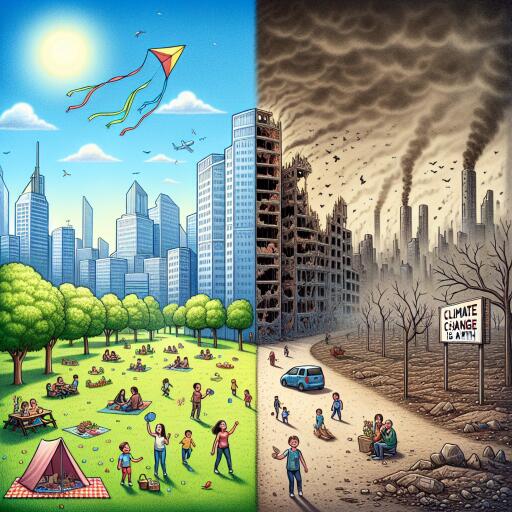
NO such thing as Climate Change?
There’s rising evidence to suggest that the increasing frequency of severe weather patterns is linked directly to climate change. Recent observations indicate a growing trend of tropical lows stalling over or near land, leading to massive rainfalls that result in devastating floods. These patterns have become increasingly apparent during events such as the recent flooding rain incidents, as well as the notorious floods in Townsville in 2019 and the more recent instances in Cairns and Daintree.
Marine and climate scientists are beginning to draw a clearer connection between these patterns and global warming. For instance, studies have shown that the rise in global ocean temperatures has surpassed one degree Celsius. This increase contributes significantly to a more humid atmosphere, which can fuel extreme weather events.
Prominent climate researchers have looked into past weather disasters, such as the 2011 Brisbane floods. When natural factors like La Niña were discounted, their findings indicated that climate change tripled the likelihood of such catastrophic flooding.
The increasing devastation caused by wildfires, such as those in Los Angeles, also bears the fingerprints of climate change. Human-induced climatic changes have been shown to exacerbate these disasters by reducing rainfall, desiccating vegetation, and increasing the concurrence of dry conditions with strong winds like the Santa Ana. This deadly combination makes regions far more susceptible to uncontrollable fires.
This growing body of evidence suggests that climate change is not a distant threat but a present, urgent challenge. The ongoing changes to rainfall patterns, ocean temperatures, and atmospheric conditions are already manifesting in various ways globally, affecting not just ecosystems but also human infrastructure and livelihoods.
To counter these impacts, there is an urgent need for a collective global effort to address the root causes of climate change. This involves reducing greenhouse gas emissions, investing in sustainable technologies, and developing adaptive strategies that can mitigate the effects of these increasingly frequent and severe weather events. Only with concerted action can we hope to bend the curve towards a more stable climatic future.
In the meantime, understanding and preparing for the challenges posed by a changing climate is imperative. Governments, scientists, and communities must work together, employing both cutting-edge science and traditional knowledge, to improve resilience and safeguard the planet for future generations.
In conclusion, while some may still question the existence and impact of climate change, the mounting evidence and frequency of adverse weather events tell a compelling story. The cost of inaction is high, both in human and economic terms, and the time for comprehensive action is now.
This article calls for increased awareness and proactive measures to ensure that we do not just react to climate disasters but work to prevent them as much as possible.





Leave a Reply